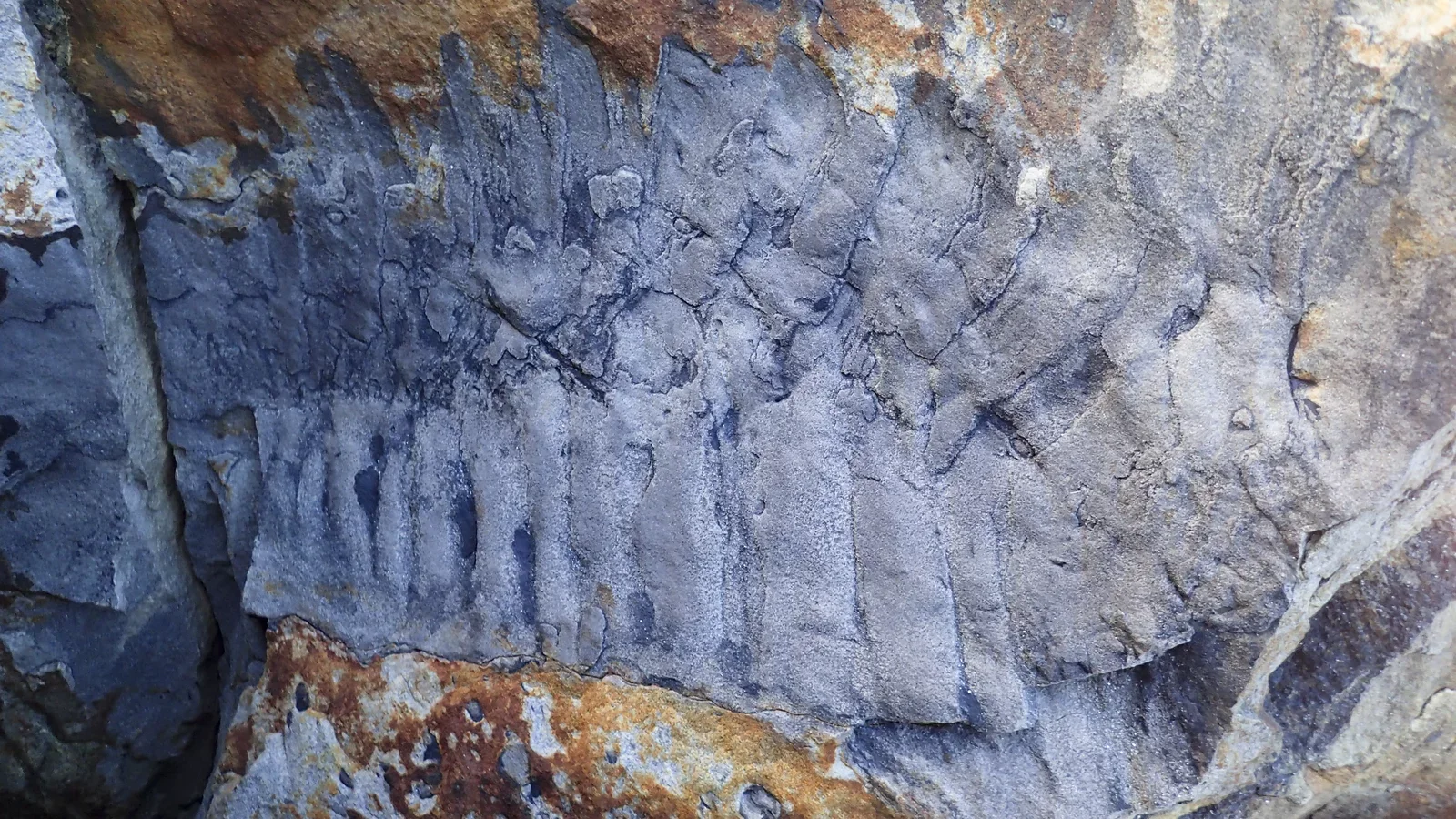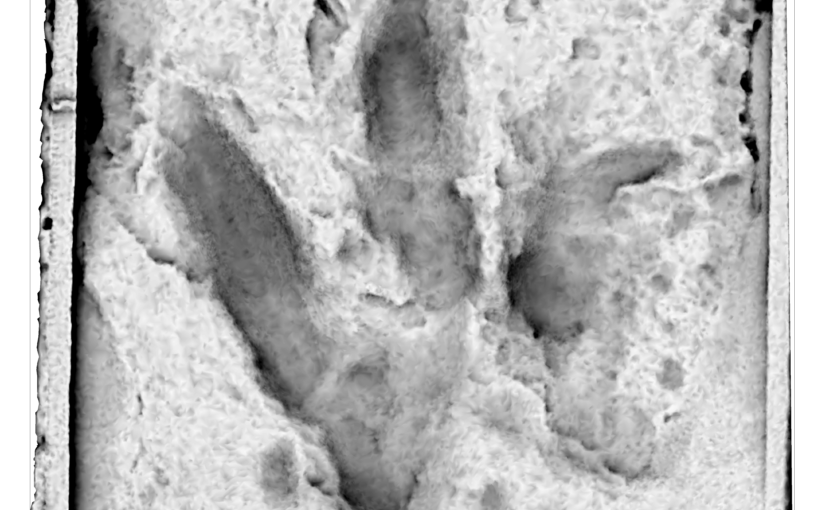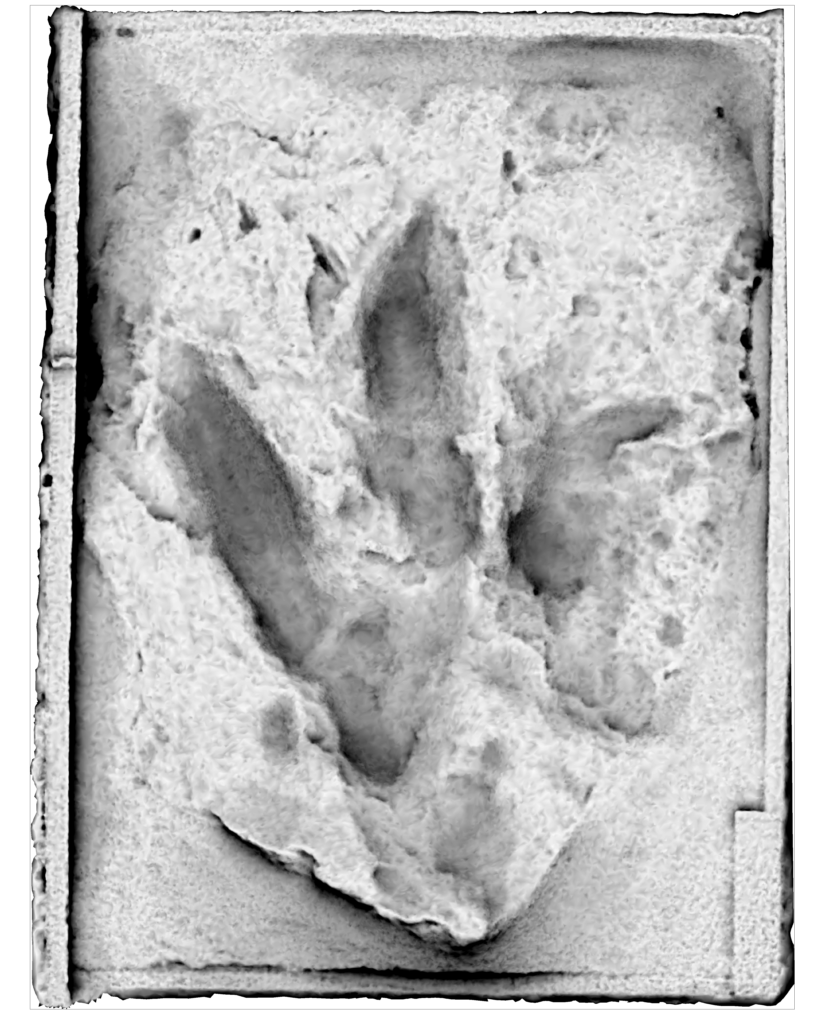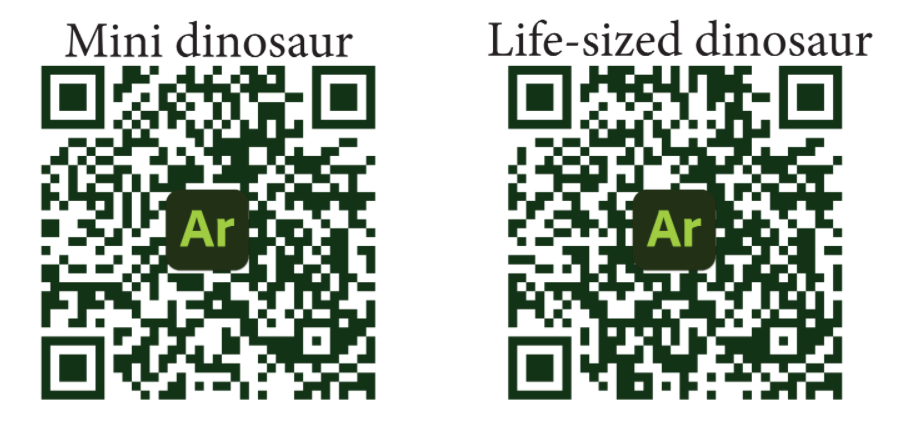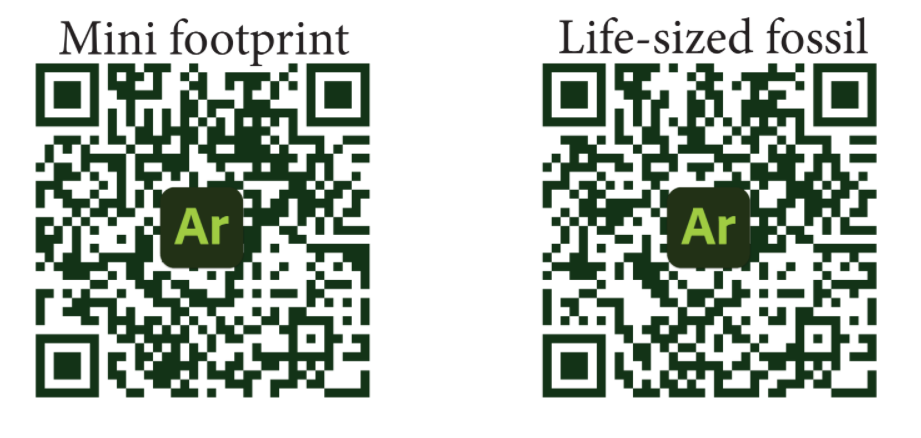A fossil found in sandstone near the England-Scotland border contains the largest millipede ever found—and the discovery was completely by accident.
In January 2018, Neil Davies, an Earth scientist at the University of Cambridge, had taken a group of PhD students on a “social trip” to Northumberland, England, where he had previously gone on holiday. The group noticed some rocks had crashed onto the beach where they were walking. One of those chunks happened to contain a paleontological surprise.
“The way the boulder had fallen, it had cracked open and perfectly exposed the fossil, which one of our former PhD students happened to spot when walking by,” Davies said in a statement. “It was a complete fluke of a discovery.”
Davies and his colleagues were at first unsure about what they had found. In May 2018, they extracted the fossil and brought it back to Cambridge for analysis. The specimen is just the third known example of an Arthropleura, a genus of giant millipede that roamed the Earth during the Carboniferous Period, between 359 million and 299 million years ago. But that’s not all: This Arthropleura fossil is also the oldest ever found, dating back to 326 million years ago, as well as the largest. It measures a whopping 30 inches by 14 inches.
That suggests a pretty impressive beast. The millipede itself was likely around 8.5 feet long and nearly two feet wide, and probably weighed about 110 pounds. The team’s results were published in the Journal of the Geological Society.
[Related: This eyeless millipede shattered the record for most legs]
“Finding these giant millipede fossils is rare, because once they died, their bodies tend to disarticulate,” Davies told BBC. This particular specimen is likely just part of a molted exoskeleton, rather than a piece of a millipede’s corpse. Such a sparse fossil record means that these bugs largely remain a mystery. To this day, “we have not yet found a fossilised [millipede] head,” Davies added, “so it’s difficult to know everything about them.”
For example, researchers are unsure how many legs these millipedes had. Current best guesses are either 32 or 64—a paltry set compared to the maximum 1,300 legs recently found on some living millipedes. Scientists also don’t know what these giant bugs ate to sustain their lumbering bodies, though they seem to have thrived due to an abundance of resources and little competition. But later, in the Permian Period, they went extinct—either because of a changing climate or due to new reptile species outcompeting them for food. To uncover the mysteries still lurking in giant millipedes’ history, researchers will need more examples of them to fill out the fossil record.
The area of Northumberland where the fossil was found is mostly sandstone, which “is normally not brilliant for preserving fossils,” Davies told NPR. So “the fact that this has been preserved is, on the one hand, surprising. But it just suggests that actually there might be a lot more and similar things in places where people haven’t really looked for fossils before.”
The fossil will go on public display at Cambridge’s Sedgwick Museum in the New Year.
